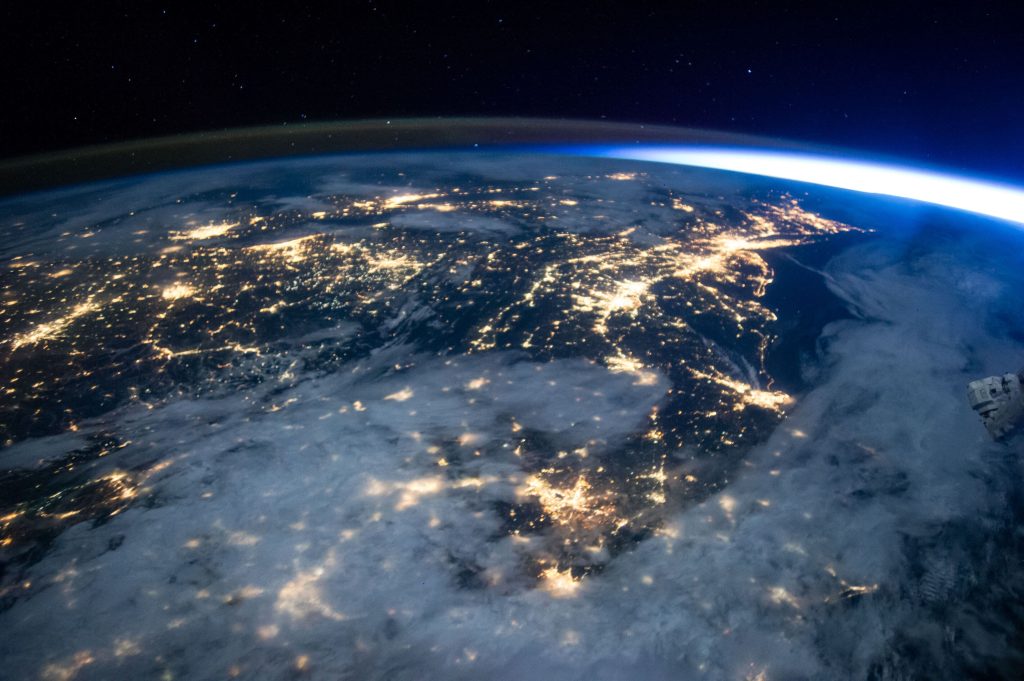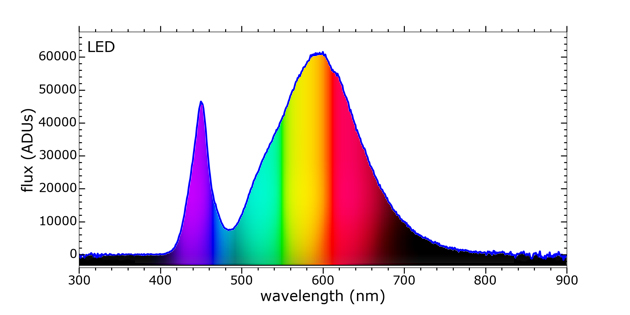#nightlight
by Alejandro Sanchez, astrophysicist at the University of Exeter in the United Kingdom, and project leader of Cities at Night.
In general, the short answer is no.
The long answer is, as with almost everything, it depends. Contrary to what one might assume, the implementation of outdoor Led lighting is motivated more by economic and political interests than by its actual sustainability. Until 2017, there were no LEDs in the outdoor lighting market that were as efficient as high-pressure sodium. However, these have since disappeared from the market due to commercial interests.
Led production is 70 percent more harmful than that of current sodium lamps, according to almost all indicators. In addition, Led tends to have a very high color temperature that causes serious damage to ecosystems, safety problems due to glare, and potential adverse effects on human health as well.
LEDs can be sustainable if, once installed, the reduction in the energy they consume offsets the impact of their production and does not generate other serious problems in ecosystems. In 2017 with Cities at night we published an article showing that light emissions were increasing at a rate of 2.2 percent per year across the planet, implying that the implementation of LEDs is producing a rebound effect. In general, what we observe through organizations fighting light pollution is that this problem is being ignored by most communities, both academic and environmental.
Similarly, nocturnal ecosystems and their most basic mechanisms are neglected: the disappearance of insects, the loss of pollinators, the disorientation of migratory species, the impacts on amphibians, and drastic changes in the functioning of the predator-prey balance are all affected by light pollution. Paradoxically, however, the first justification for the installation of LEDs is precisely the fight against light pollution and climate change. One example is the City of Milan, which in 2014 changed all public lighting to LEDs that are less efficient than sodium lamps,







that save a small amount of energy, emitting the same amount of light on the ground and 27 percent more blue light in space. Other cities also made a change in lighting, Madrid being a good example: 33% of the city switched to LEDs, the remaining 67% opted to reduce the light output of the sodium lamps already present. Seven years later, hardly anyone in Madrid noticed the reduction in light output, but there were numerous complaints about the transition to Led because of its annoying whitish color. Madrid’s public lighting change was the largest in Europe, but it had no concrete environmental report. Years later, citizens asked the City Council to conduct an assessment of the actual environmental report related to this new type of street lighting, but this assessment has not yet been done. In the meantime, there are multimillion-dollar grants to install LEDs throughout the country (one hundred and fifty million last year in Spain). If used correctly, LED can be a great resource for reducing CO2 emissions and light pollution as it has the ability to send light only where it is needed, to choose the right color, to adjust intensity, to correct over-lighting, and to change the color of light dynamically.Smart lighting is smart only when qualified professionals are behind it. We need lighting designers to tailor lighting to people’s real needs, environmental impact reports that tell us what can be lit and what cannot, and engineers who can offer winning technical solutions. Eliminating any of these steps, leads to a solution that is neither smart nor sustainable beyond how expensive or advanced the lighting system is. Part of the industry is beginning to bet on a new strategy: forcing the conversion to LED. Unfortunately, many are unaware of the possible issues with LED and believe they are doing good.
That’s why we need people who are dedicated to communicating sustainability issues in professional settings. In fact, when used correctly, LED can be a great resource for reducing CO2 emissions and light pollution because it has the ability to send light only where it is needed; it allows you to choose the right color, adjust the intensity, correct excessive lighting, and change the color of the light dynamically. Smart lighting, however, is smart only when it is managed by trained professionals. We need lighting designers to adapt lighting to people’s real needs, environmental impact reports that tell us what can be lit and what cannot, and engineers who can offer winning technical solutions. Eliminating any of these steps leads to a solution that is neither smart nor sustainable, and that is regardless of how expensive or advanced the lighting system is. Part of the industry is beginning to bet on a new strategy: forcing the conversion to LED. Small municipalities are beginning to have trouble finding sodium lamps and are being forced to switch to Led without the necessary guarantees. On the other hand, the European Parliament has already asked the European Commission to implement a regulation limiting the spread of light pollution. We are in a race to save the beauty of our cities, our cultural heritage and nighttime ecosystems. But it is not as simple as people think. LEDs can be sustainable, yes. Are they by default? No. It is critical to install sustainable lighting, to do a proper environmental impact assessment, to have a good lighting designer, a good engineer, a good monitoring of the work done, and finally, to always measure. Only measurements can tell whether an installation is actually sustainable or not.
